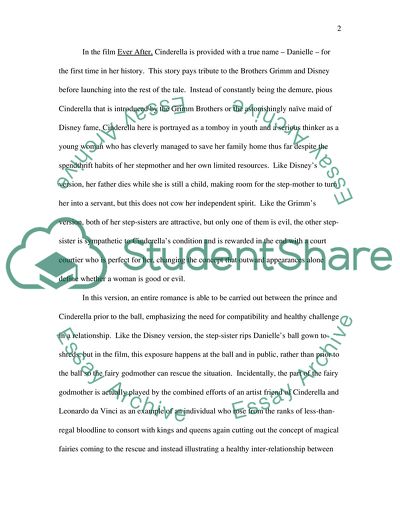Cite this document
(Changing the Tale: Feminism and Fairy Tales Article, n.d.)
Changing the Tale: Feminism and Fairy Tales Article. https://studentshare.org/social-science/1708173-fantasy-and-fairytales
Changing the Tale: Feminism and Fairy Tales Article. https://studentshare.org/social-science/1708173-fantasy-and-fairytales
(Changing the Tale: Feminism and Fairy Tales Article)
Changing the Tale: Feminism and Fairy Tales Article. https://studentshare.org/social-science/1708173-fantasy-and-fairytales.
Changing the Tale: Feminism and Fairy Tales Article. https://studentshare.org/social-science/1708173-fantasy-and-fairytales.
“Changing the Tale: Feminism and Fairy Tales Article”. https://studentshare.org/social-science/1708173-fantasy-and-fairytales.


